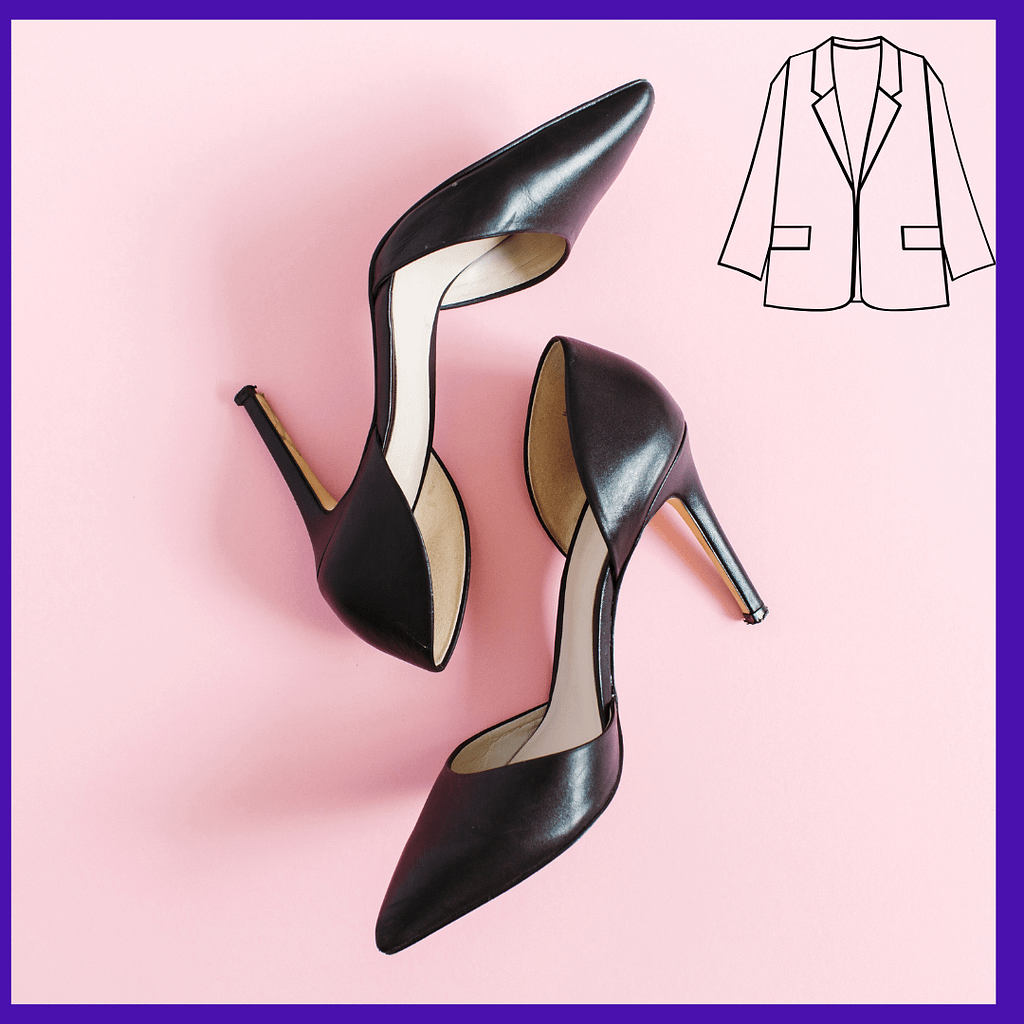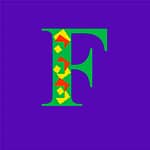

Women's business styles in fashion
“Fashion should not only make women beautiful, but also reassure them, give them confidence.” Yves Saint Laurent
Classic style in fashion is usually characterized by elegance, restraint and moderation. It often includes simple and clean lines, neutral colors, classic cuts and high quality fabrics. This style epitomizes elegance and sophistication, it never goes out of fashion and emphasizes the taste of its owner, but does not distract attention. In the classic style it is important to give preference to basic closet items that will look stylish and fresh for a long time.
Classic women’s clothing style: the traditional approach
Women who adhere to the classic style are mostly businesswomen working in an office environment, as well as those who prefer elegant and sophisticated images in everyday life. Or they are specialists of various professions who need to broadcast professionalism and authority.
The classic style of women’s clothing also perfectly “soothes” other styles, such as drama or romance. This style is characterized by strict lines, concise shapes and a neutral color palette. Materials such as wool, silk and cashmere emphasize the level of workmanship and attention to detail.
A significant aspect of the classic style is its versatility: such outfits are suitable for both business meetings and evening events. The restraint of the cut creates images that remain fashionable regardless of trends, emphasizing the individuality and confidence of a woman.
Modern designers change the cut and create oversize models on the basis of classic models – which gives them a special piquancy and contrast of meanings. Modern business fashion is characterized by diversity, but the classic style is first of all about strictness, form and high coefficient of conservatism. Archetypes Ruler and Warrior, sometimes Sage. Classical style is based on strong archetypes that influence us unconsciously. The fabrics used in clothing combine quality with lightness. An important element of business style is accent accessories, but without unnecessary details. Accessories should also be expensive and of high quality!
Business Style: A Guide to Office Fashion
Business wear for women is a combination of elegance, professionalism and individuality. Depending on the work environment and corporate culture, you can go for a classic, more relaxed or modern style. Here are the main business style trends and tips for choosing the right look.
Classic business style
This style is suitable for formal office spaces where it is important to look strict and professional.
Suits and Jackets: A well-fitting pant or skirt suit in neutral colors (black, gray, blue) creates an authoritative look.
Blouses and shirts: White shirts or silk blouses add elegance.
Pencil skirts and classic pants: A knee-length skirt or straight pants give a severe look.
Loafer shoes: Closed shoes with a small heel complement a classic outfit.
Business Casual.
This style allows you to look professional but less formal, which is suitable for most modern offices.
Jackets and Pants: A structured jacket with sleek pants or chinos creates a balanced look.
Sweaters and Blouses: Soft knit sweaters, stylish blouses and shirts add personality.
Midi skirts and dresses: A-silhouette or midi length looks stylish and appropriate.
Loafers and ballet flats: Comfortable and elegant shoes that combine comfort and style.
Modern and on-trend office style
For creative industries, you can add trendy elements while maintaining a business aesthetic.
Bright jackets and colored suits: Add personality while staying within the business dress code.
Palazzo pants and culottes: A stylish alternative to traditional pants.
Accessories: Minimalistic jewelry, structured bags and belts will accentuate the style.
Booties and fashionable mules: Shoes that add modernity and comfort.
Smart Casual for remote work
With a hybrid work format, it’s important to look professional even during video calls.
Knitwear and cardigans: Comfortable yet elegant sweaters and cardigans are suitable for online meetings.
Accessories: Minimalistic jewelry, structured bags and belts will accentuate the style.
Booties and fashionable mules: Shoes that add modernity and comfort.
Smart Casual for remote work
With a hybrid work format, it’s important to look professional even during video calls.
Knitwear and cardigans: Comfortable yet elegant sweaters and cardigans are suitable for online meetings.
Stylish pants or joggers: A comfortable but neat alternative to classic pants.
Laconic dresses and jumpsuits: Comfortable options that look presentable.
Minimalistic jewelry: Small earrings, watch or bracelet will complete the look.
Tips for a flawless business look
Perfect fit: Clothes should fit snugly, creating a neat silhouette.
Quality over quantity: Invest in classic, long-lasting pieces.
Situational appropriateness: Take into account your company’s dress code and corporate culture.
Confidence is key: The best look is the one that makes you feel confident and comfortable.
By understanding business wear styles, you can create a closet that emphasizes your professionalism and personality. Regardless of your preferences, confidence and an informed choice of outfits will help you make the right impression.


Production of business clothes
Making business suits is a complex process that requires a combination of craftsmanship, quality materials, and precision in detail. Here are a few reasons why creating these items is a challenge for manufacturers:
- High cut and fit requirements
Business suits must fit the figure perfectly, emphasizing the silhouette but not restricting movement. This requires:
Careful design of molds for different body types.
Individual fitting in production or atelier.
The use of complex tailoring techniques, such as structured shoulder and lining.
- Quality materials
Expensive fabrics are used to create a premium suit:
Wool and wool blends – durable but difficult to work with.
Linen and cotton fabrics are comfortable but wrinkle easily.
Blended fabrics with synthetics – resistant to wear and tear, but require careful selection to avoid looking cheap.
Manufacturers have to balance aesthetics, comfort and practicality, which makes choosing materials difficult.
- Complexity of construction
Unlike casual wear, a suit is made up of many elements:
Lining, shoulder inserts, and grommeted details provide structure to the jacket.
The pants require precise seams and reinforcement at the knees to keep their shape.
Every pocket, slot, and button must be functional and aesthetically pleasing.
These details increase the labor intensity of sewing.
- Durability and wearability
Business clothes should be able to withstand frequent wear without losing their shape and presentable appearance. This means:
Using durable threads and quality fittings.
The use of sophisticated technologies such as seam reinforcement and special fabric treatments.
Manufacturers must find a balance between quality and cost to make a suit affordable but durable.
- Changes in fashion and market demands
Although business suits are classics, trends are changing:
The popularity of oversizes, shorter jackets, and unconventional fabrics require constant adaptation.
Dress codes are becoming looser, which affects the demand for traditional models.
The growing interest in eco-friendly materials and sustainable production requires innovative solutions.
Thus, the production of business suits is not just tailoring, but an art that combines craftsmanship, technology and understanding of customer needs.


